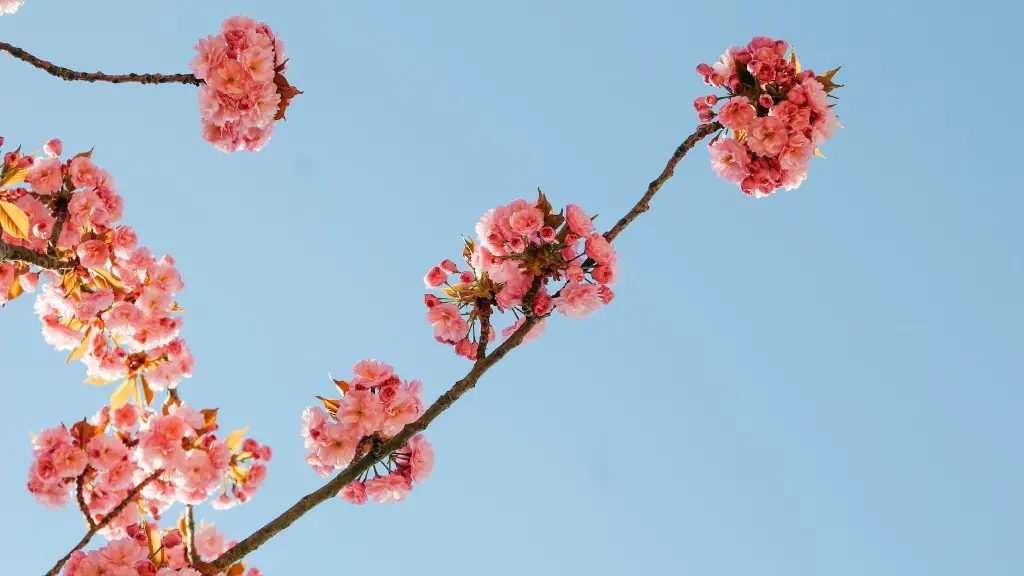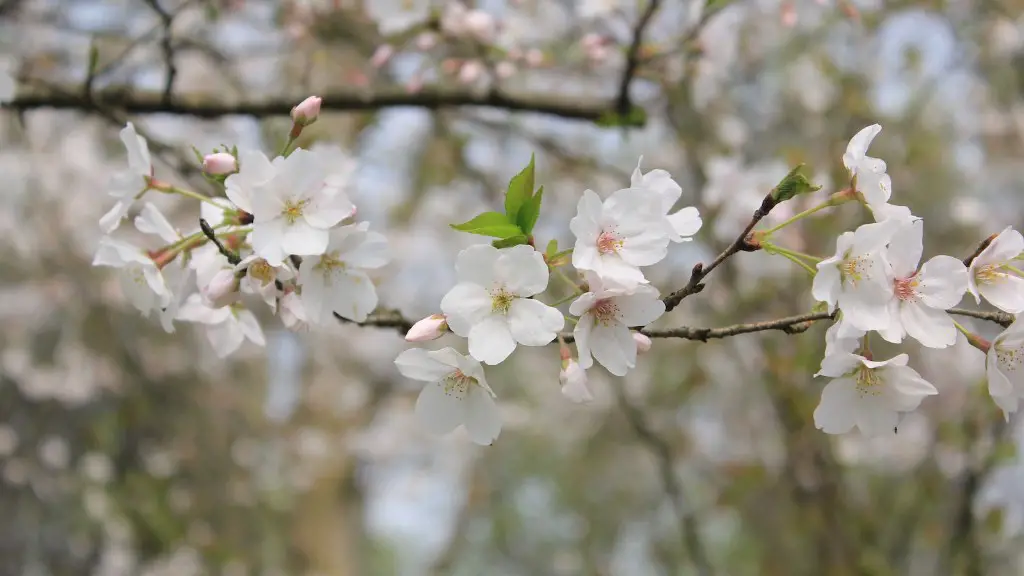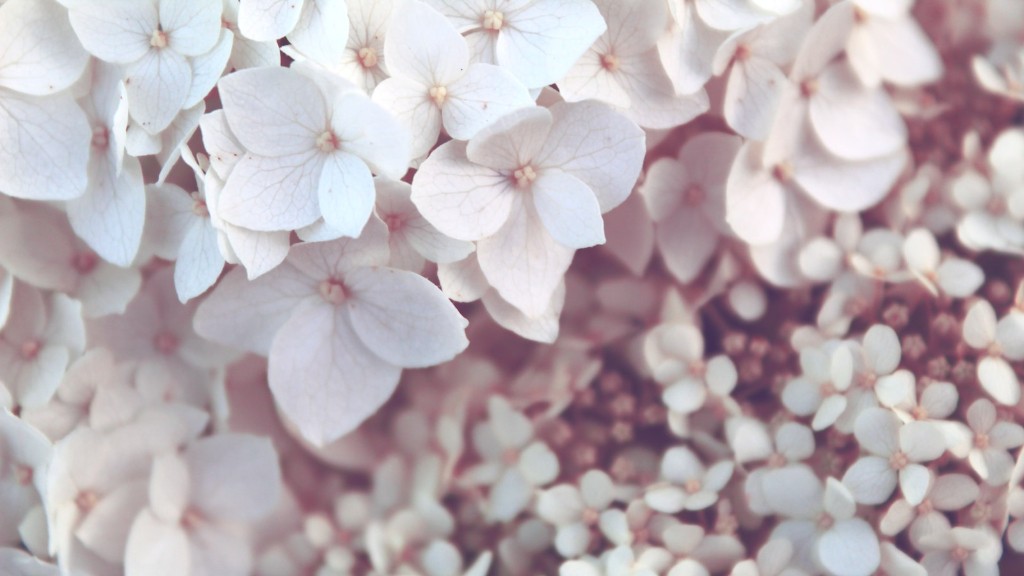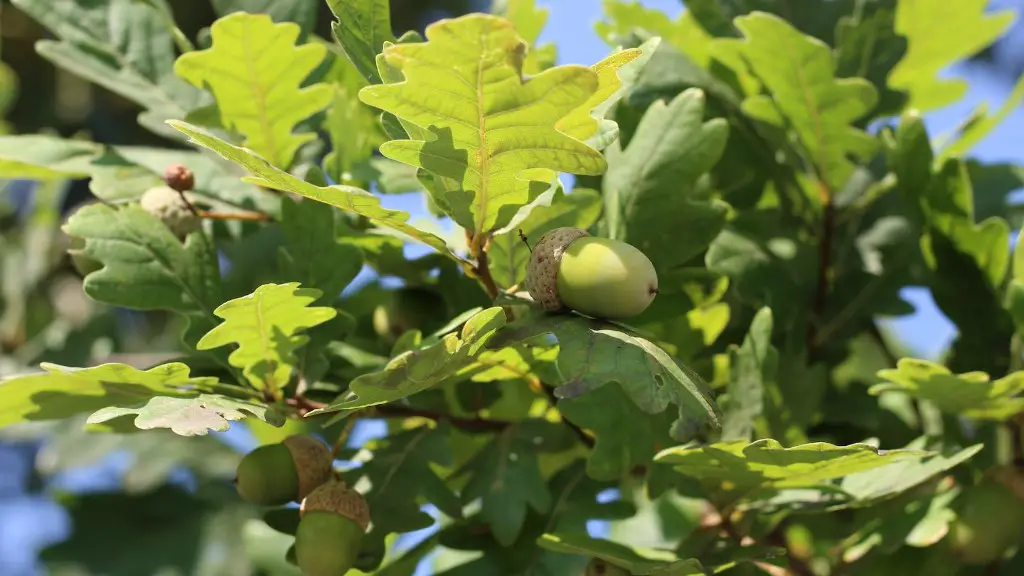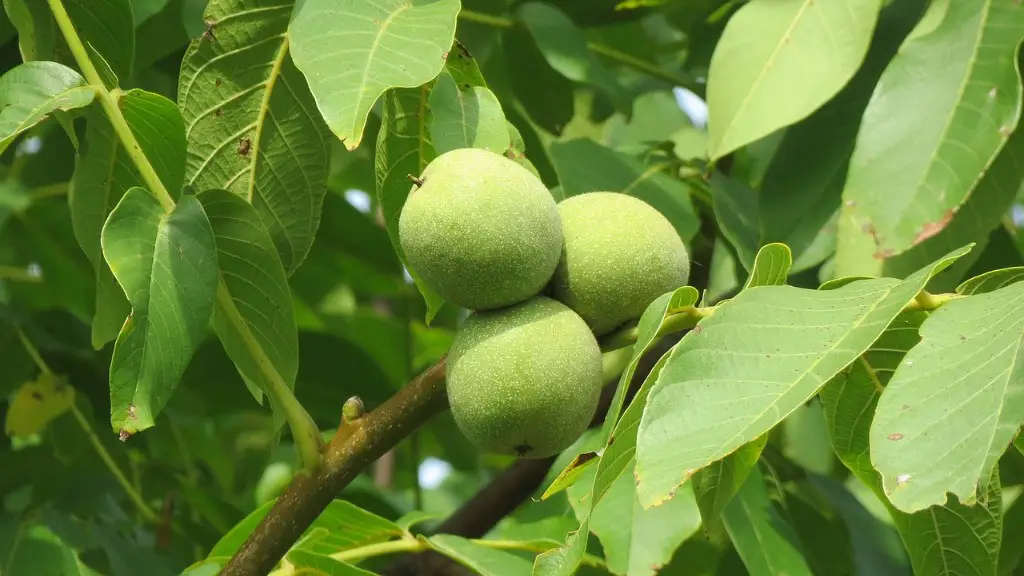Growth Rates and Lifespan of a Cherry Blossom Tree
A Cherry blossom tree, or sakura, is a species of cherry which is native to Japan. The tree is widely celebrated within Japan, with special festivals and events held every year to celebrate the blooming of the tree’s flowers. The tree can also be readily found across the world, and is popular for its ornamental beauty.
The species is known for its comparatively fast growth rate, but how fast exactly it grows can vary greatly depending on the tree’s local environment. As a rule of thumb, some experts suggest an average growth rate of any particular cherry blossom tree should be in the range of tenth to twelfth of 1 inch per year. This can be accelerated however with suitable fertilization and a generally healthy environment, with certain cherry blossom trees reaching around two inches of growth per year.
The lifespan of the cherry blossom tree can differ drastically, depending on its environment and care. Generally, the tree is expected to live up to fifty years, with some trees lasting even longer thanks to good care. In its native Japan, the lifespan of the tree is celebrated, with the tree known to last even beyond the lives of those who planted them.
The tree’s growth rate is a major factor in its natural beauty, allowing it to reach a height of around twelve to fifteen feet when fully grown. The wider circumference of a healthy cherry blossom tree can be anywhere from twenty to thirty feet, allowing for it to become an almost picturesque addition to any environment. As the tree grows, it takes on a thick and gnarled look, becoming a visual statement of the long passage of time in which it has grown and grown and grown.
Cultural Significance and Color Symbology
The tree holds a special place in the hearts of many Japanese, with each year the blossoming of the sakura representing a start of a new year and season. The timing of the blooming of the tree can vary depending on local climate, with blooming commencing around mid-march in many places. The falling of the petals of the tree is similarly special, as the falling petals are often viewed as metaphorical to the passing of time.
In addition to its blooming, the tree’s color has a strong symbolic meaning to many Japanese. Generally the color of cherry blossom trees is a light pale pink, although different types of the tree can bloom with a white hue. Globally, the pink is associated with youthfulness, vibrancy, and beauty, with the pink petals of the tree often used in everyday items from kimonos to calligraphy.
In its native Japan, the tree is known to be of special importance to the samurai, with trees dotted across the country as a mark of their branches perseverance. For example, cherry blossom trees were regularly used as a mark of celebration, with one of the greatest samurai, Musashi Mijamoto, planting a cherry tree to commemorate the defeated enemy of Takagi Shingen.
The tree’s pink petals are also sometimes thought to represent the Souls of warriors; valiantly marching into the afterlife, with the fallen petals representing the courage of those who had gone before.
Tending to and Planting a Cherry Blossom Tree
Caring for a cherry blossom tree is a relatively straightforward task, and with proper care a tree can live beyond fifty years. Firstly, the tree prefers plenty of sunlight, with an optimal spot being an area which the tree is exposed to the sun during the day. During the winter, the tree will require a little extra care, as the cold season can make it more prone to disease and stress. If providing care over the winter is expected, then make sure to cover the tree with a sheet or a tarp when temperatures are expected to be below-freezing.
To ensure the tree is adequately hydrated, make sure to water the tree several times throughout the week, using around two gallons of water each time. In addition, a Layer of organic mulch can be added around the tree, which can add to the tree’s nutrition whilst retaining moisture further. Fertilizing the tree at its base can also help to speed up its growth rate, although it’s important to check the manufacturer’s instructions when using fertilizer.
Finally, planting a cherry blossom tree of your own can be a relatively straightforward exercise. Firstly, the tree should be planted away from any drains or pavement, with a soil which drains well and won’t become waterlogged. In terms of tools, a shovel is needed to dig a hole which is three times the width of the tree’s root ball. Backfilling the hole is necessary, and adding fertilizer before planting can also help to aid the tree’s growth.
Pests and Diseases Affecting the Tree
Like any tree, the cherry blossom tree is prone to certain pests, with the tree being particularly susceptible to aphids, scale and leafhoppers. Generally the pests don’t cause too much damage, but they can mar the tree’s look and slow its growth if left unaccounted for. Spraying the tree with a pesticide can help to get rid of the pests and reduce the damage they can cause.
In addition, the tree does have a few diseases which can affect it, with blights and canker being particularly common. Both blights and canker can cause the leaves of the tree to die, with canker also leading to black or reddish patches in the tree’s bark and a rotting of its branches. If left untreated, blights and canker can decimate the tree, so it’s recommended that any disease is identified and sprayed with a fungicide as soon as possible.
Preserving the Beauty of a Cherry Blossom Tree
The beauty of a cherry blossom tree is widely appreciated, and there are a few different methods which can be used to ensure the tree stays looking in particularly great condition. Pruning is of course necessary to reduce the chance of disease, with it being recommended to do around 4 to 5 times a year. In addition, deadheading the tree helps to maintain its beauty, as it removes any of the dead flowers from the tree.
In terms of protection, it’s important that the sun’s heat isn’t too strong on the tree, with some kind of shade cloth sometimes necessary. This helps to diffuse the sunlight and stop the tree from becoming damaged from intense heat. In winter, it’s also important to protect the tree from frost, as it can have a damaging effect on the tree’s root system.
Finally, another key way to keep the tree looking its absolute best is to trim it correctly. Trimming correctly helps to build the desired shape of the tree, with the process especially important when the tree is young. Trimming should always be done relatively close to the ground, with cuttings at least one foot away from the base of the trunk. This helps to ensure the tree has a balanced and symmetric look.
Using a Cherry Blossom Tree in the Garden
The cherry blossom tree is often considered the epitome of a showstopping garden centre piece, with its vibrant colors, interesting look, and fast growth rate making it an ideal addition for any garden. Including a cherry blossom tree in the garden is relatively easy too, as the tree prefers to grown in well-drained and fertile soil, although it is important to make sure it’s well cared for.
Including a cherry blossom tree in the garden can provide a splash of color and texture to a space, and this is especially important in urban environments where the green spaces are limited. Despite the beauty of the tree, it can also be surprisingly low-maintenance, as it’s relatively disease resistant and will rarely take much extra care once planted.
Finally, the tree is paradoxically great for small spaces, as thanks to its fast growth rate it can reach a great height in no time at all. The vibrant colors of the tree, combined with its unique and gnarled look make it a key part of a garden, irrespective of how big or small the garden is.
